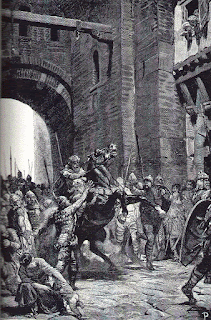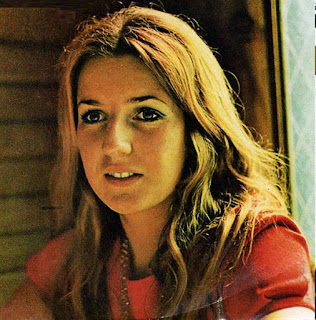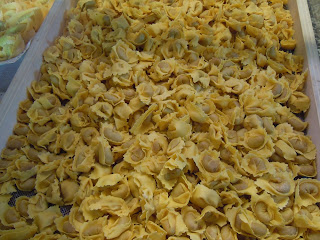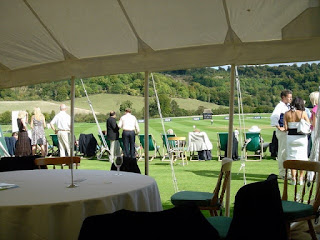Sacking of city in 546 left city a shadow of its former self
 |
| Francesco Salviati's portrait of the Ostrogoth king Totila, painted in about 1549 |
The event was part of the Gothic War between the Ostrogoths,
who had originated on the Black Sea in the area now known as Crimea, and the
Byzantine (Eastern) Empire, between 535 and 554.
Totila led a fightback by the Ostrogoths after the fall of
the Gothic capital at Ravenna in 540 signalled the apparent reconquest of Italy
by the Byzantines.
He had swept south with his forces and was based at Tivoli, east
of Rome, as he plotted how he would recapture the region of Latium. In 545, he
laid siege to the city.
Bessas, the commander of the imperial garrison charged with
protecting the city, was stubborn but cruel to the Roman citizens. Although he had a stock of grain, he would
not let it be used to feed the population unless they paid for it, while at the
same time refusing requests from citizens to leave the city. He set grain prices impossibly high and many
Romans starved.
Pope Vigilius, who had taken refuge in Syracuse in Sicily,
sent a flotilla of grain ships in a bid to relieve the crisis but these were
intercepted by Totila’s navy at the mouth of the Tiber and never reached the
city.
 |
| A historical illustration said to show the army of Totila entering Rome |
An attempt by an imperial army led by renowned general
Belisarius only narrowly failed to defeat the Ostrogoth forces, its efforts
hampered when Belisarius was taken ill and handed command to less-able
subordinates.
Totila entered Rome on December 17, 546 after his men scaled
the walls at night and opened the Asinarian Gate - the Porta Asinaria - supposedly with the help of
treacherous Isaurian troops from the imperial garrison who had arranged a
secret pact with the Goths.
As the Goths were advancing, not knowing what resistance
they would encounter, many of Bessas’s supposed defenders of the city were
making their escape through another gate, leaving only about 500 soldiers still
inside the walls.
In the event, resistance was minimal, with reportedly only
26 soldiers and 60 civilians killed. Rome was plundered, but Totila, having
vowed the reduce the once-great city to a sheep pasture, relented and contented
himself with tearing down part of the defensive walls, before moving on in
pursuit of Byzantine forces in Apulia.
Yet even with most it buildings still standing, Rome was
left a barren ruin. Where it boasted more than a million inhabitants during the
glory days of the Empire, its population had dwindled to only a few hundred.
 |
| The Porta Asinaria was a small entrance through which farmers could enter Rome with their livestock |
The Porta Asinaria (Asinarian Gate) can be found about 1.6km
(1 mile) southeast of the Colosseum along the route of the Via Appia Nuova, next to the Porta San Giovanni. When
Emperor Aurelian built the walls that surround Rome, there was only a posterula
- a small opening for the farmers who lived outside the walls – at this
location, which explains its name Asinaria (of the donkeys). It was only after
the nearby Lateran Palace became the official residence of the popes that a
proper gate was built, by Emperor Honorius.
Tivoli, situated in the Monti Tiburtini hills about 30km (19
miles) east of Rome. Its fresher climate made it an attractive area for moneyed
Romans. Nowadays it is famous for the breathtaking gardens of the Villa d’Este,
complete with its 51 fountains, designed to entertain guests of Cardinal
Ippolito II d’Este, who had the villa built in the 16th century. Tivoli’s other major attraction is the
enormous Villa Adriana (Hadrian’s Villa), which is not so much a villa as a small
town, incorporating an array of temples, lakes, fountains, baths and other
buildings so extensive that visitors need a whole day to explore.















